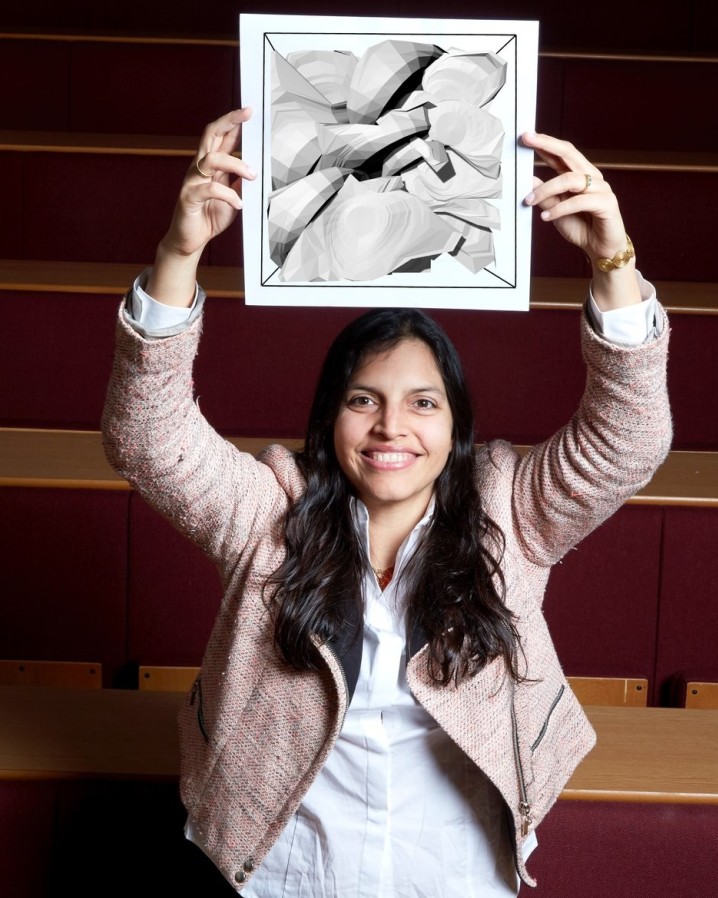
Dr Adriana Paluszny will deliver the ESE Departmental Seminar on 15 October.
Join us on Teams Live by clicking “Livestream” on www.imperial.ac.uk/events/123816/caprockintegrity at 12pm.
Capture and subsurface storage of CO2 is widely viewed as being a necessary component of any strategy to minimise and control the continued increase in average global temperatures. Existing oil and gas reservoirs can be re-used for carbon storage, providing a substantial fraction of the vast amounts of subsurface storage space that will be required for the implementation of carbon storage at an industrial scale.
Carbon capture and storage (CCS) in depleted reservoirs aims to ensure subsurface containment, both to satisfy safety considerations, and to provide confidence that the containment will continue over the necessary timescales. Other technical issues that need to be addressed include the risk of unintended subsurface events, such as induced seismicity. Minimisation of these risks is key to building confidence in CCS technology, both in relation to financing/liability, and the development and maintenance of public acceptance. These factors may be of particular importance with regard to CCS projects involving depleted hydrocarbon reservoirs, where the mechanical effects of production activities must also be considered.
Given the importance of caprock behaviour in this context, several previously published geomechanical caprock studies of depleted hydrocarbon reservoirs are identified and reviewed, comprising experimental and numerical studies of fourteen CCS pilot sites in depleted hydrocarbon reservoirs, in seven countries (Algeria, Australia, Finland, France, Germany, Netherlands, Norway, UK). Particular emphasis is placed on the amount and types of data collected, the mathematical methods and codes used to conduct geomechanical analysis, and the relationship between geomechanical aspects and public perception. Sound geomechanical assessment, acting to help minimise operational and financial/liability risks, and the careful recognition of the impact of public perception are two key factors that can contribute to the development of a successful CCS project in a depleted hydrocarbon reservoir.
About Dr Adriana Paluszny
Dr Adriana Paluszny is a Senior Lecturer in the Department of Earth Science & Engineering. She has a PhD in Computational Geomechanics from Imperial College London and has served as a Post-Doctoral Research Associate in the Rio Tinto Centre for Advanced Mineral Recovery at ICL, as a Research Fellow funded by EPSRC and NERC and currently holds a Royal Society University Research Fellowship. Her research is primarily focused on the robust numerical modelling of multiple fracture growth in three dimensions, with applications to geomechanical modelling of fluid injection, hydraulic fracturing, rock drilling, effective permeability of fractured rocks, and emerging methods in computational fracture mechanics. She is also interested in understanding how growth is affected by heterogeneities at multiple scales and how the interplay between fluid flow and mechanics affects these interactions.


